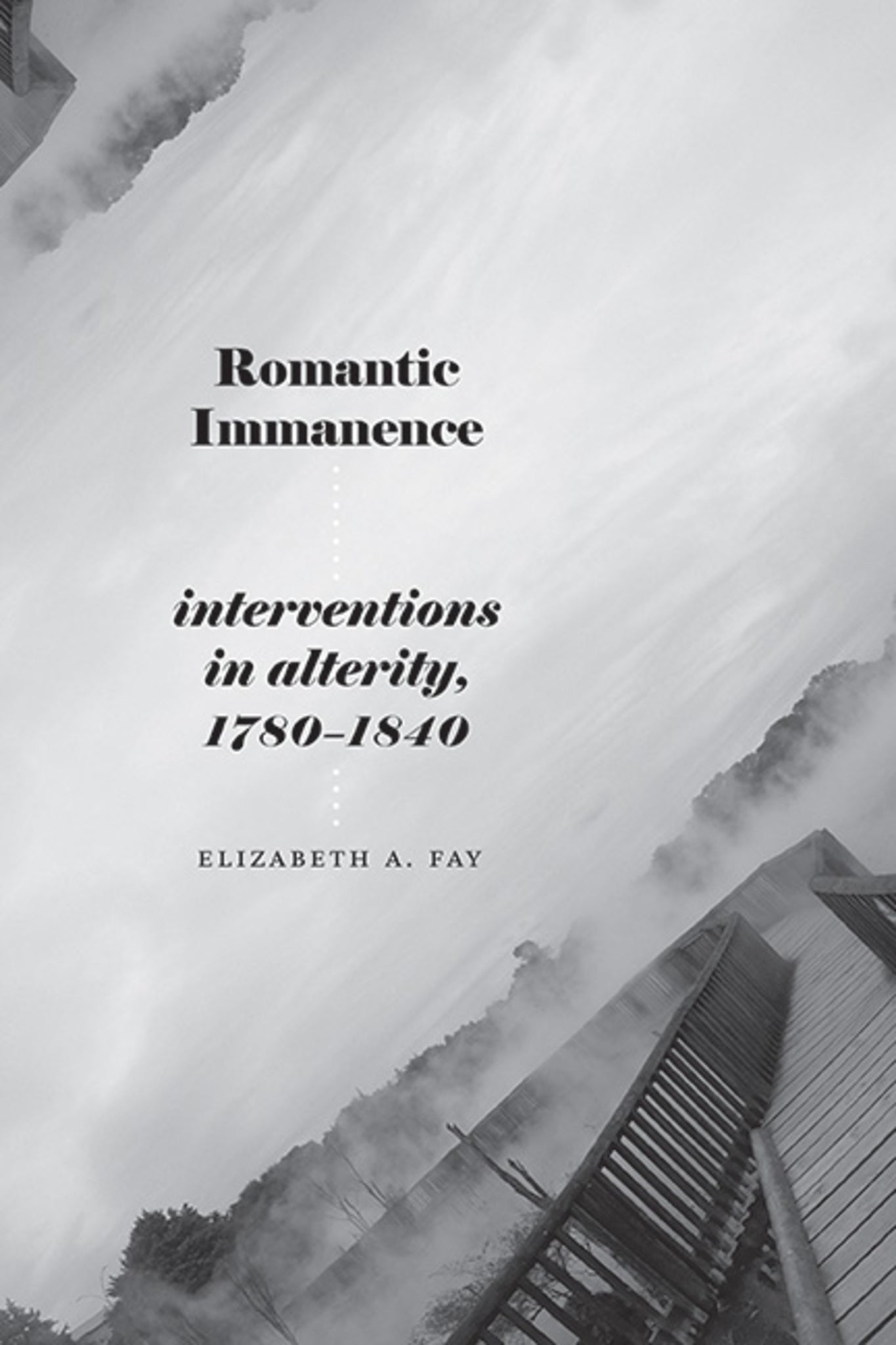We're sorry. An error has occurred
Please cancel or retry.
Romantic Immanence

Some error occured while loading the Quick View. Please close the Quick View and try reloading the page.
Couldn't load pickup availability
- Format:
-
01 October 2023

Offers a new, Spinozist framework for understanding encounters with otherness in Romantic literature as experiences of immanence.
Romantic Immanence examines literary examples of an alternative experience of otherness-an experience of alterity the Romantics understood as an embodied, immanent encounter with raw reality. The Romantics' enthusiasm for encounters in nature and the imagination that exceeded the limits of rational thought is well known. Yet these encounters have largely been interpreted in terms of the sublime or the Gothic. Drawing attention to the influence of Spinozist and Stoic philosophy on Romantic thought and aesthetics, Elizabeth A. Fay argues that immanence was another, perhaps even more important, form of alterity, particularly during this era of social and political upheaval. Investigating works such as Coleridge's Rime of the Ancient Mariner, Dorothy Wordsworth's Grasmere Journals, and Percy Shelley's Triumph of Life alongside Schelling's unfinished Ages of the World and Schlegel's Athenaeum Fragments, Fay demonstrates how Romantic immanence, despite going largely unrecognized with the loss of its initial context, remains vividly present in these works.


"Fay brings together two much discussed topics—alterity and immanence—to reveal new ways of thinking about both. Especially welcome is the book's interest in turning away from alterity as necessarily bound with violence and abnegation. Romantic Immanence turns instead toward alterity as a joyful revelation the Romantics used to support major reconsiderations of ethics and ethical action." — Jonathan Crimmins, author of The Romantic Historicism to Come
Acknowledgments
Spinozist Alterity and British Romanticism
Section I Corporeals: Embodied Egos
1. Blake's Mythical Interval
2. Coleridge's Wilding
Section II Corporeals: Embodied Difference
3. Barbauld's Sisters: Immanent Bodies
Section III Incorporeals: Dream Visions and Nightmares
4. Percy Shelley's Immanent Language
5. De Quincey's Eventful Dreams
Section IV Corporeal Bias: Bodies as Incorporeals
Epilogue Immanence and Racial Alterity
Notes
Works Cited
Index



